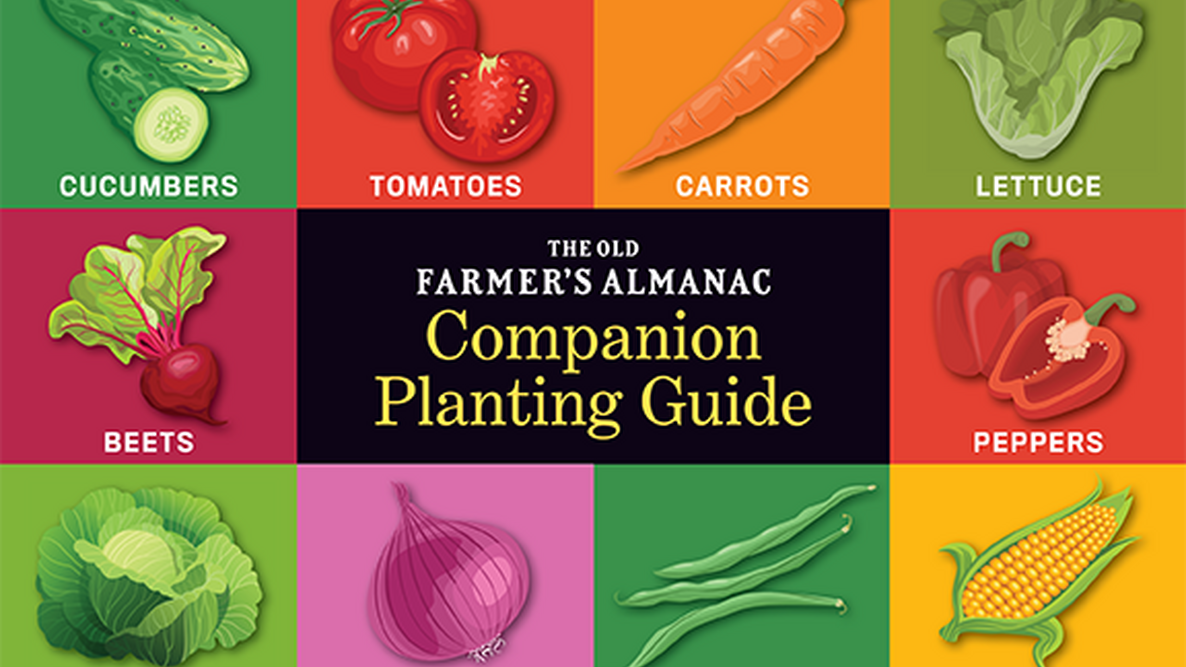Dill And Peas: The Perfect Companion Planting
Dill and Peas: The Perfect Companion Planting
Dill and peas are two of the most popular vegetables to grow in the garden. They are both relatively easy to care for and can be enjoyed fresh or cooked. But did you know that they are also great companion plants?
Companion planting is the practice of planting different types of plants together in order to benefit each other. When done correctly, companion planting can help to improve the growth, health, and pest resistance of your plants.
In the case of dill and peas, they have a number of benefits when planted together.
- Dill attracts beneficial insects. Dill is a magnet for beneficial insects, such as ladybugs, lacewings, and hoverflies. These insects prey on pests that can damage peas, such as aphids, cabbage moths, and cucumber beetles.
- Dill helps to improve the soil. Dill is a nitrogen-fixing plant, which means that it can convert atmospheric nitrogen into a form that plants can use. This can help to improve the fertility of the soil and provide nutrients for your peas.
- Dill shades the roots of peas. Peas have shallow roots, so they can be susceptible to drying out in hot weather. Dill's large leaves can help to shade the roots of peas and keep them cool and moist.
How to Plant Dill and Peas Together
When planting dill and peas together, it is important to choose the right location. Both plants need full sun, so choose a spot in your garden that gets at least 6 hours of direct sunlight per day. The soil should be well-drained and rich in organic matter.
You can plant dill seeds directly in the ground about 2 weeks before the last frost date in your area. Peas can also be planted directly in the ground, but they are more sensitive to cold weather. If you live in a cold climate, you may want to start peas indoors about 4 weeks before the last frost date.
When planting dill and peas together, space the dill plants about 12 inches apart and the pea plants about 3 inches apart. You can also plant dill and peas in rows, with the dill plants spaced about 18 inches apart and the pea plants spaced about 6 inches apart.
Care and Maintenance
Dill and peas are both relatively low-maintenance plants. They need regular watering, especially during hot, dry weather. You should also fertilize them every few weeks with a balanced fertilizer.
Dill and peas are both susceptible to pests and diseases, but they are generally not too difficult to protect. If you see any pests or diseases, you can treat them with insecticidal soap or neem oil.
Harvesting
You can start harvesting dill leaves when the plant is about 6 inches tall. Dill leaves can be used fresh or dried. Peas can be harvested when the pods are plump and the peas are tender.
Conclusion
Dill and peas are a great combination for companion planting. They benefit each other in a number of ways, and they are both relatively easy to grow. If you are looking for two easy-to-care-for vegetables that will add flavor and beauty to your garden, dill and peas are a great choice.
Dill and peas are two popular garden plants that can benefit from being planted together. Dill attracts beneficial insects like ladybugs and hoverflies, which help to control pests that can damage peas. Peas, in turn, provide support for dill's tall stems.
If you're interested in learning more about dill and peas companion planting, I recommend visiting Gardenia Inspiration. This website has a wealth of information on companion planting, including specific tips for planting dill and peas together. You can also find helpful illustrations and diagrams that can help you visualize how to plant these two plants in your garden.
Image of dill and peas companion planting
5 different images of dill and peas companion planting from Pinterest:
- Image 1: A row of peas with dill growing in between. The dill is taller than the peas and helps to shade the roots, keeping them cool and moist.

- Image 2: A pot of dill and peas growing together. The dill is attracting pollinators, which are also helping to pollinate the peas.

- Image 3: A garden bed with dill and peas planted in alternating rows. This helps to maximize space and also allows the plants to benefit from each other's qualities.

- Image 4: A close-up of a dill plant with peas growing at its base. The dill is providing shade and support for the peas, which are benefiting from the dill's nitrogen-fixing properties.

- Image 5: A farmer's market stall with a display of dill and peas. The dill is being sold as a companion plant for peas, and the two herbs are being promoted as a way to attract pollinators and improve crop yields.

Post a Comment for "Dill And Peas: The Perfect Companion Planting"